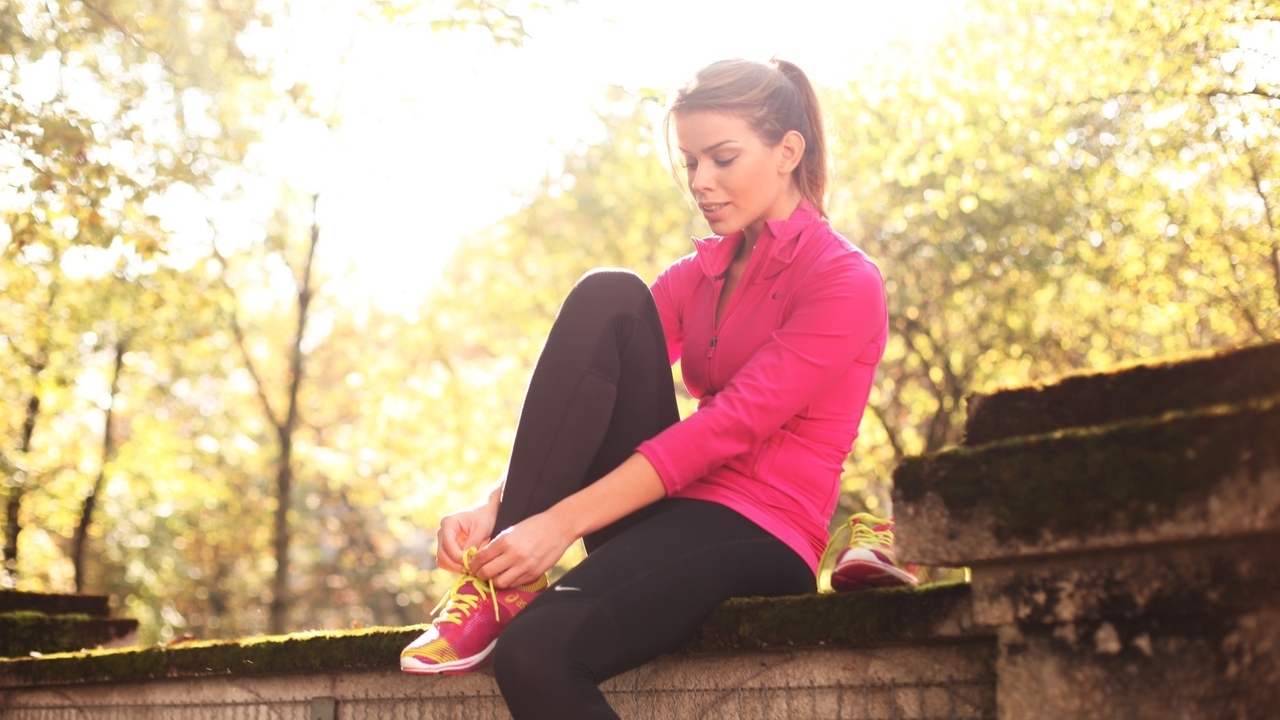 Peter Atkins/Fotolia
Peter Atkins/Fotolia
When we are young, our bones grow, they strengthen and increase their mass. However, by the time we are around 30 years old, our bone mass level peaks and we start to lose more bone mass than we regrow each year.(1)
After menopause, women lose bone mass even more quickly.
Osteoporosis becomes a risk for those who are more susceptible. The more bone mass you have developed by age 30, the lower your risk for developing osteoporosis.
There are still a number of activities you can do to help grow and maintain the bone mass you have.
1)Take in Enough Calcium and Vitamin D
Women aged 19-50 need 1,000 mg of calcium a day and over the age of 50, should increase it to 1,200 mg.
The best sources of calcium are from foods such as yogurt, spinach and milk but if you do not consume enough of these foods, then calcium supplements are often recommended.
Talk to your doctor about which to choose and whether you need to supplement magnesium as well.
It is important that you don't take excess amounts of calcium to try and catch up your bone health. The body can only absorb so much at a time but do make sure you consume enough vitamin D, which is needed to absorb the calcium you take.
Vitamin D is an important supplement to take orally as it can be hard and unpredictable to get it from short exposures to the sun. The daily needed amount has been set to 600-800 IU a day. Vitamin D3 is the best choice of supplement.
However, some feel those vitamin D amounts are too low and suggest much higher levels supplementation.
Vitamin D can be also gotten from food sources such as salmon or tuna, egg yolks or fortified dairy foods.
2) Do Bone-Stimulating Exercise
Calcium and vitamin D can help with bone loss but in order to build bone, our bones must have the stress of low-impact exercise. Exercises such as walking, jogging, bicycling and aerobics are the types we need.
Swimming is not a bone-building exercise, according to Kathryn Diemer, MD, ssociate professor of medicine and osteoporosis specialist at Washington University School of Medicine in St. Louis.(3) It is a good exercise if you have arthritis, but does not work on the skeleton like the others do.
3) Reduce Tobacco and Alcohol Use
Tobacco use is bad for bones for a number of reasons. Nicotine and other substances in the tobacco are toxic to bone growth as they:
- Constrict blood flow to bones and other tissues.
- Slow the growth of bone-forming cells so less bone is replaced.
- Diminish the absorption of calcium affecting bone strength.
- Break down estrogen faster so less is available for bone growth.
Heavy alcohol use during the early years of bone development, adolescence and young adulthood, has been found to affect bone growth and make one more susceptible to osteoporosis in later years.(5)
Woman’s Health.gov says alcohol can affect your body’s ability to absorb calcium that you body needs to make new bone. They suggest, “if you drink, don't drink more than one alcoholic drink per day.”
Michele is an R.N. freelance writer with a special interest in woman’s health care and quality of care issues.
Edited by Jody Smith
1) Bone health: Tips to keep your bones healthy. MayoClinic.com. Retrieved August 13, 2016.
http://www.mayoclinic.org/healthy-lifestyle/adult-health/in-depth/bone-health/art-20045060
2) Osteoporosis fact sheet. Womenshealth.gov. Retrieved August 13, 2016.
http://womenshealth.gov/publications/our-publications/fact-sheet/osteoporosis.html#f
3) 5 Lifestyle Steps for Better Bone Health. WebMD. Retrieved August 13, 2016.
http://www.webmd.com/osteoporosis/features/lifestyle-tips
4) Smoking is a real danger to your bone health. International Osteoporosis Foundation. Retrieved August 13, 2016.
https://www.iofbonehealth.org/news/smoking-real-danger-your-bone-health
5) Alcohol and Other Factors Affecting Osteoporosis Risk in Women. H. Wayne Sampson, Ph.D. National Institute of Health on Alcohol abuse and Alcoholism. Retrieved August 13, 2016.
http://pubs.niaaa.nih.gov/publications/arh26-4/292-298.htm





Add a CommentComments
There are no comments yet. Be the first one and get the conversation started!